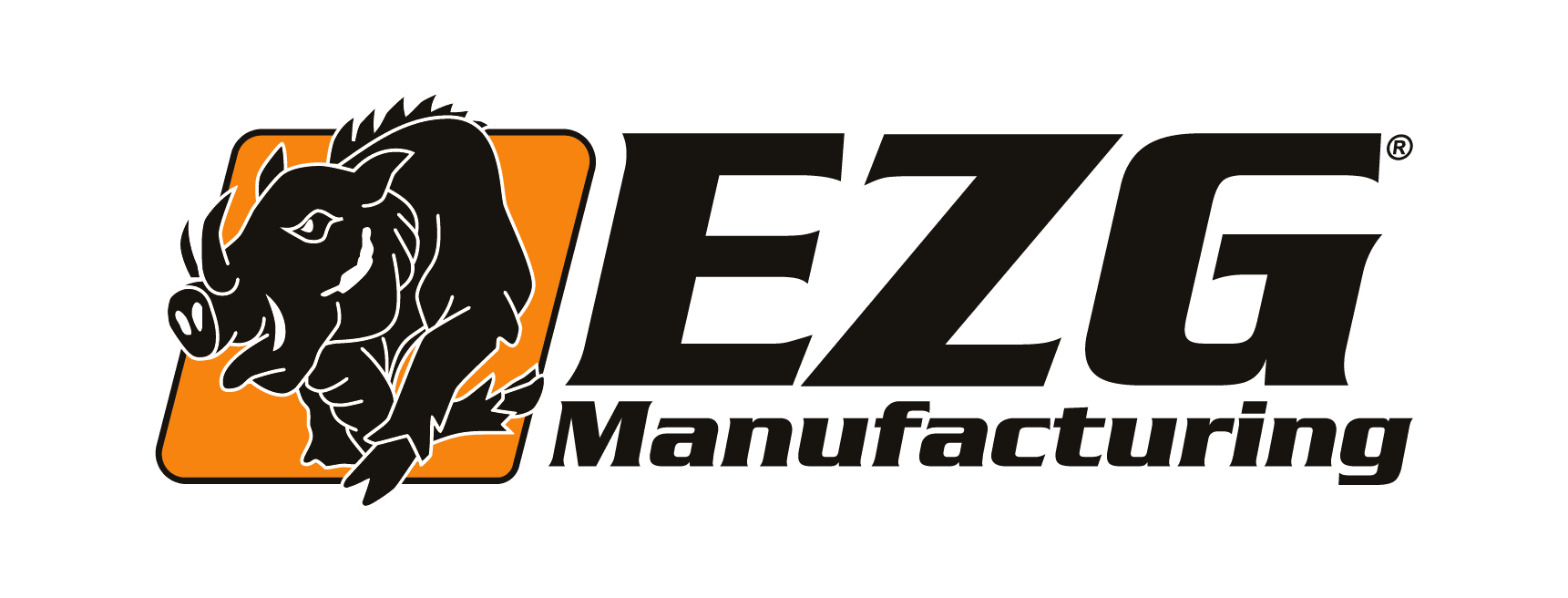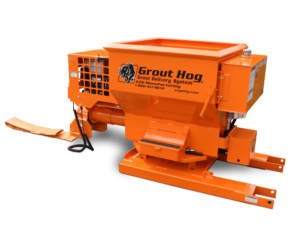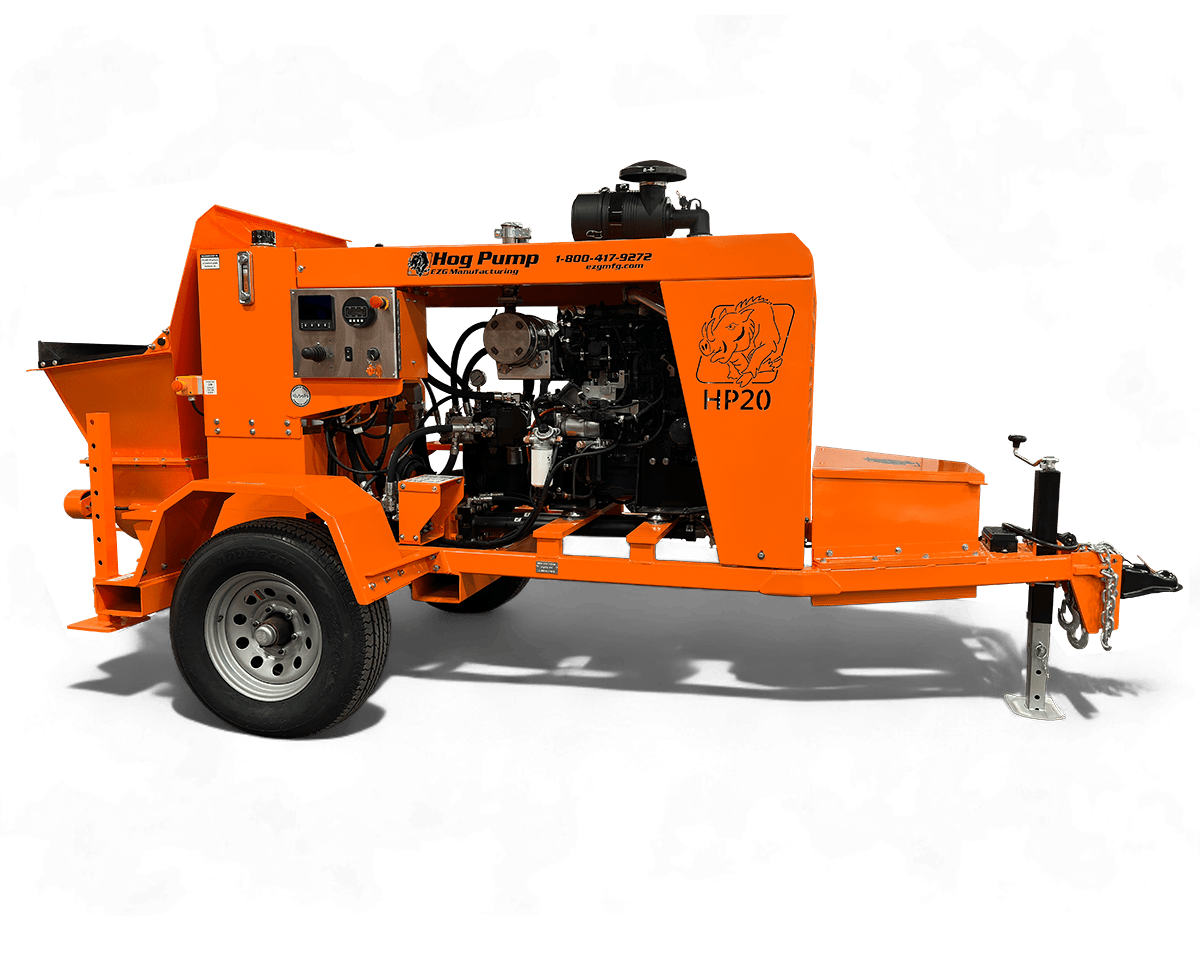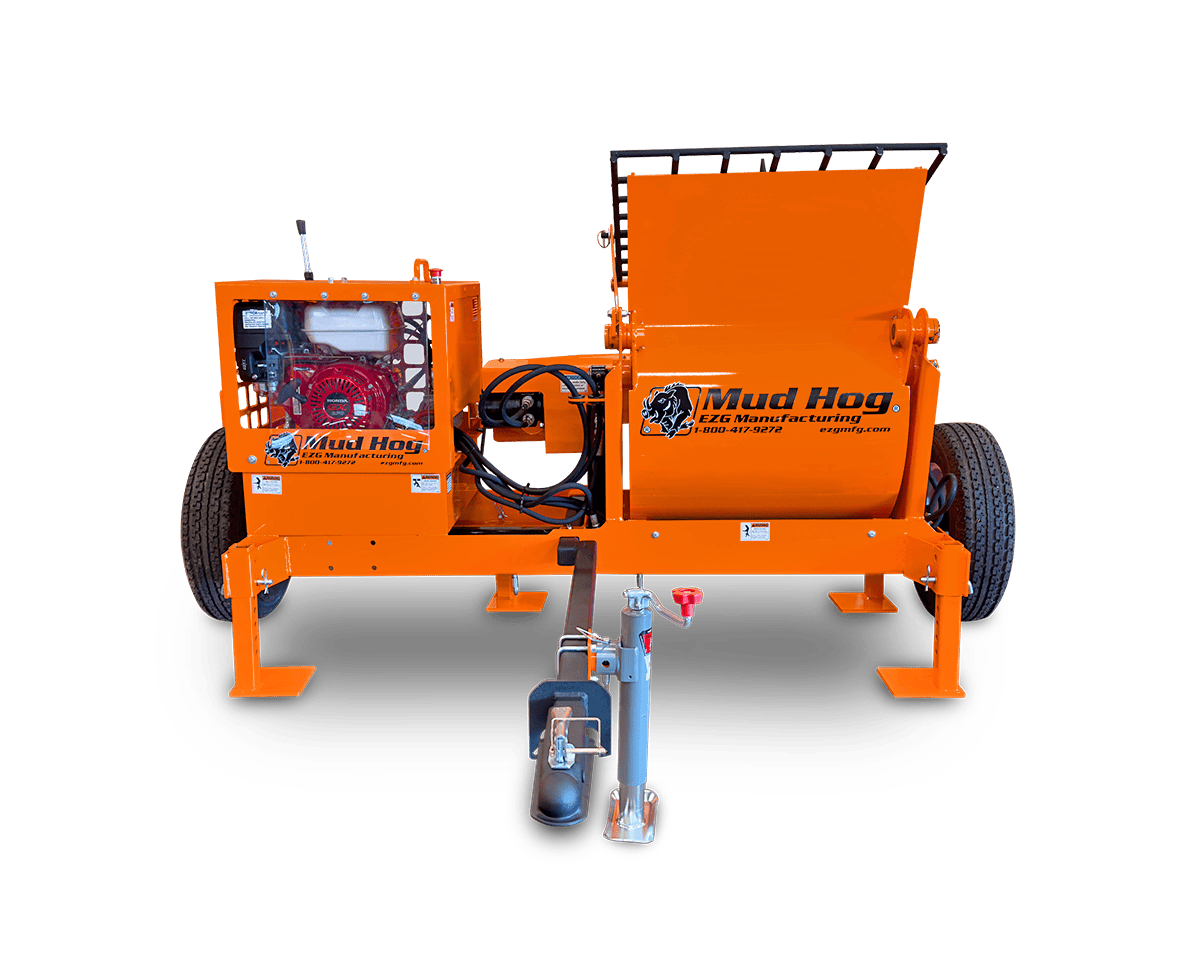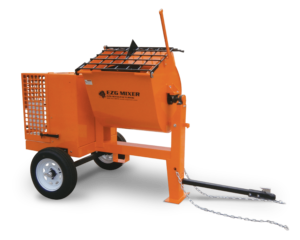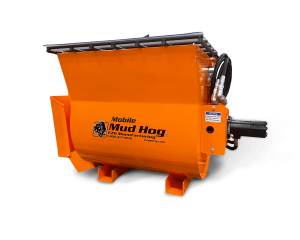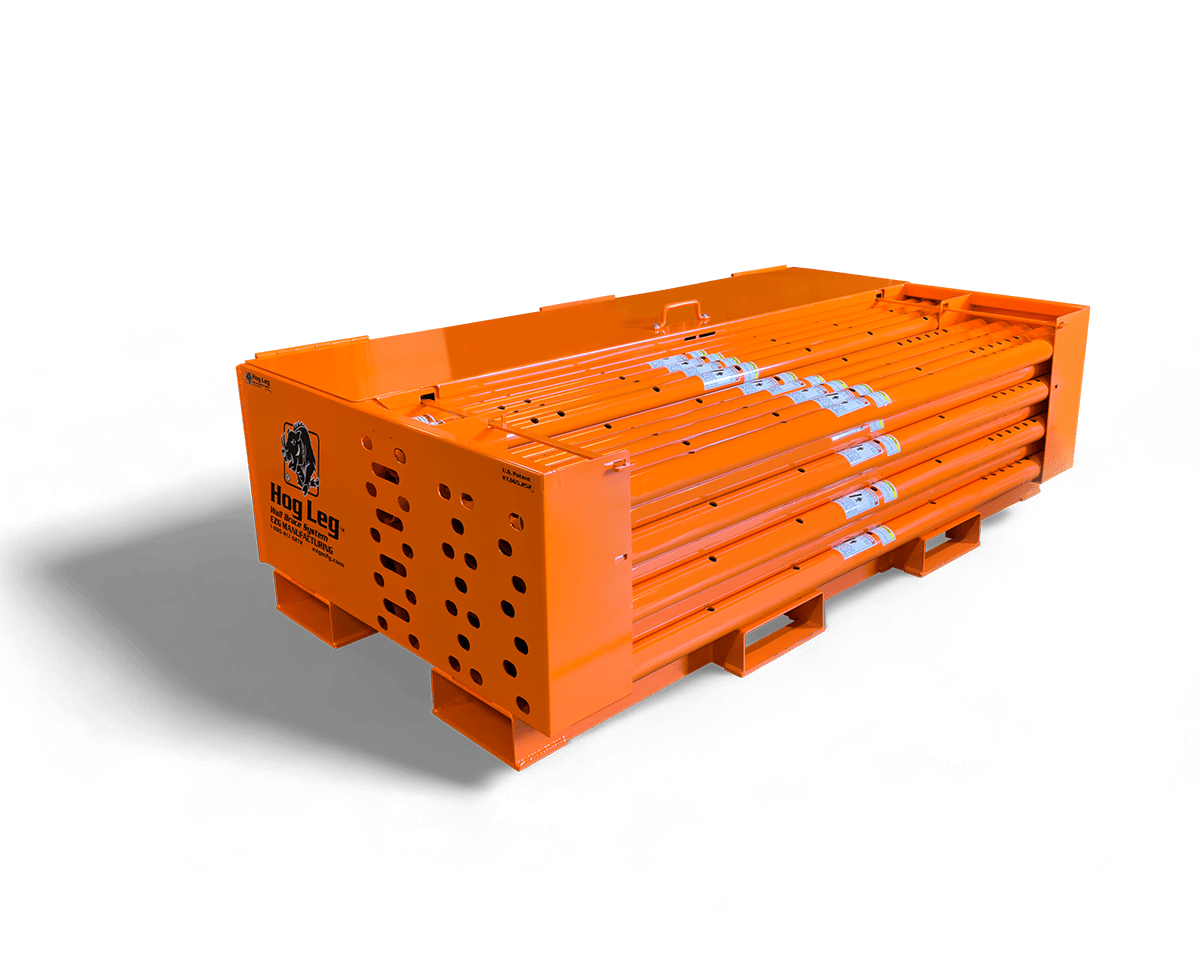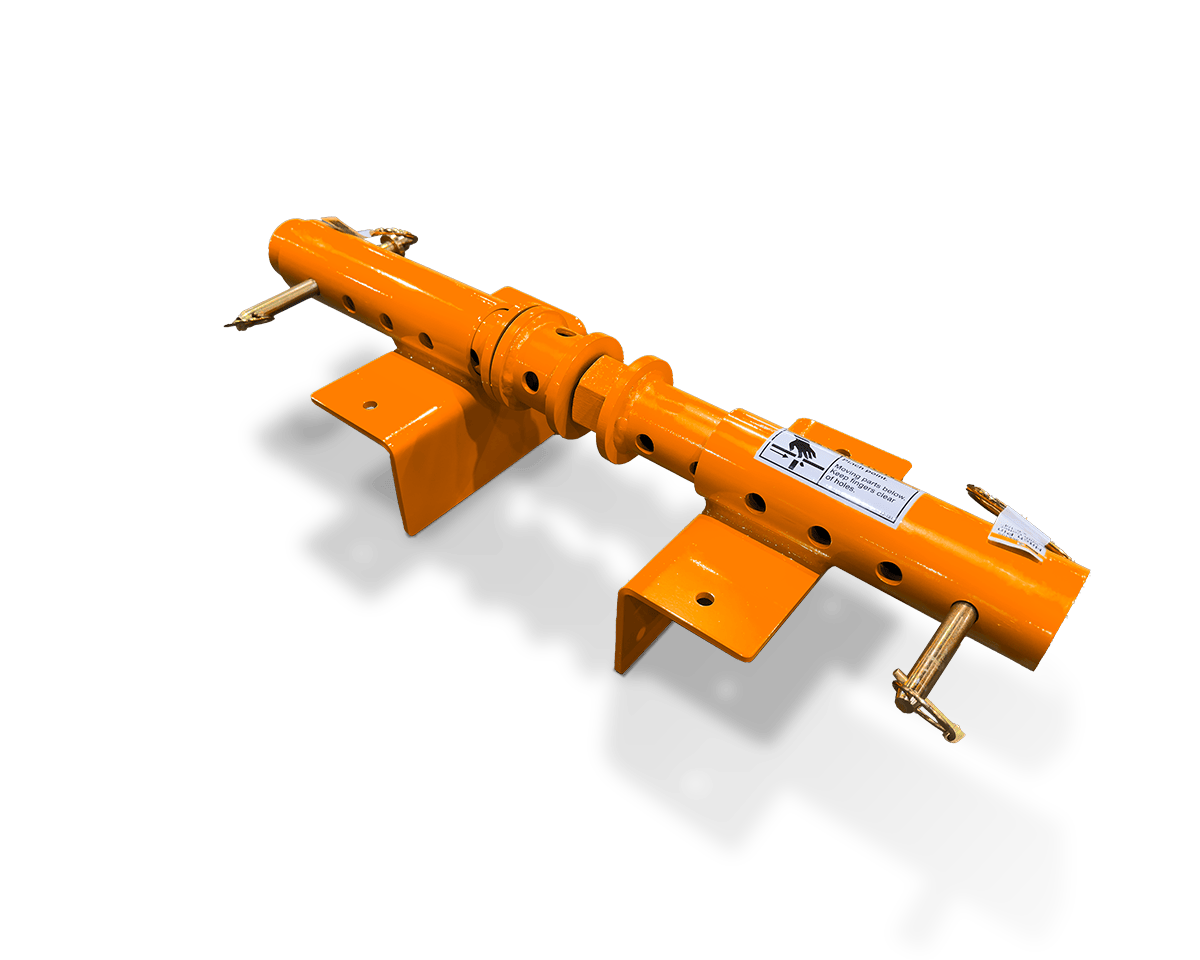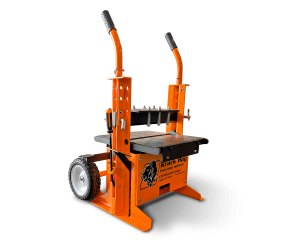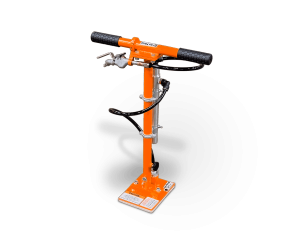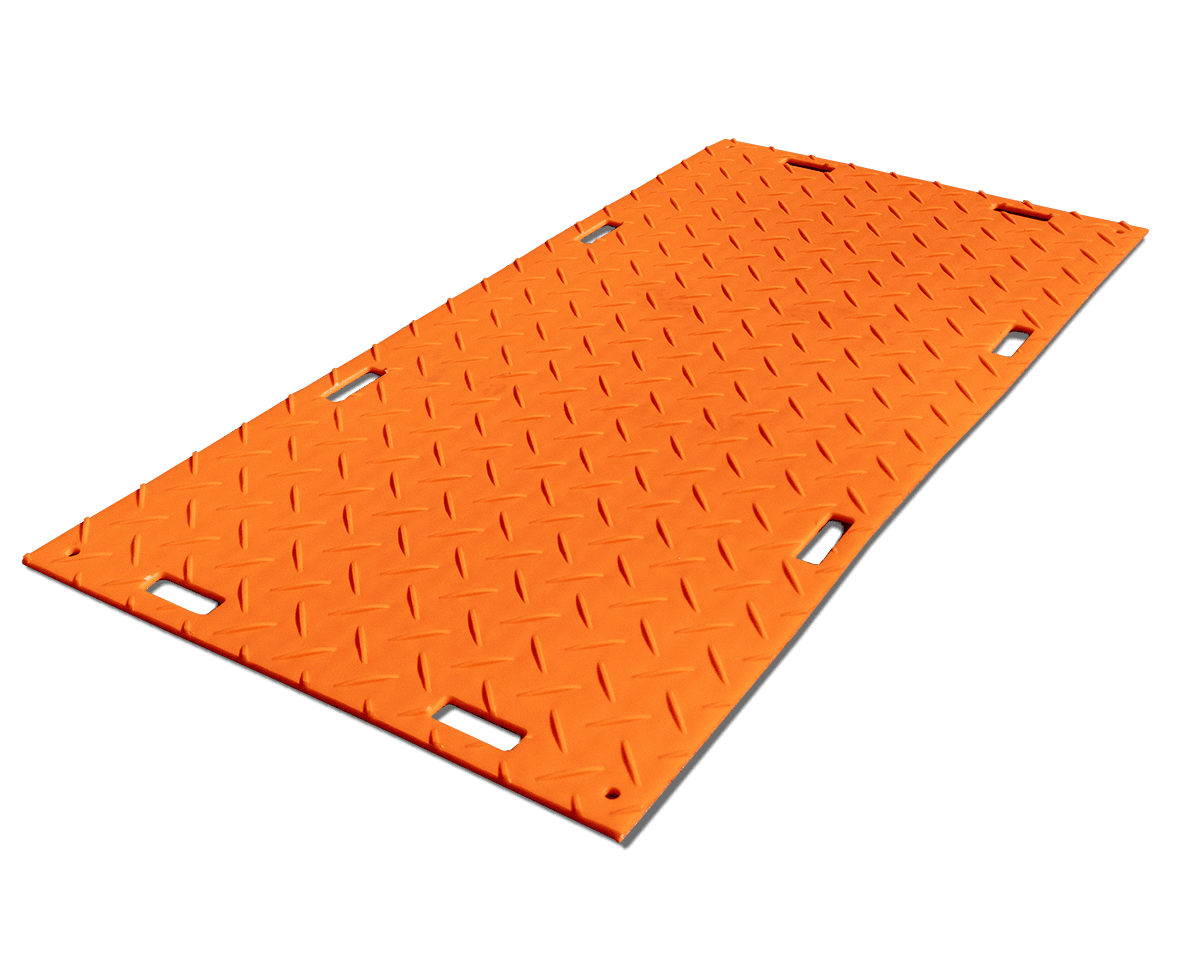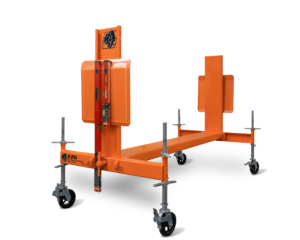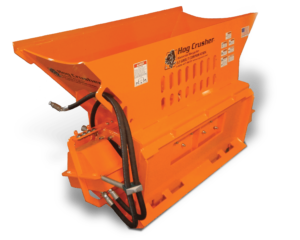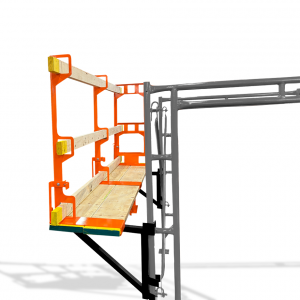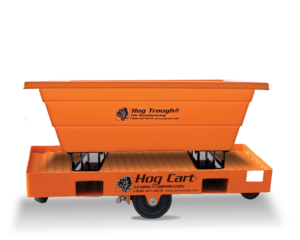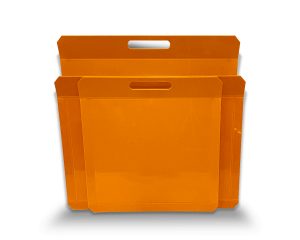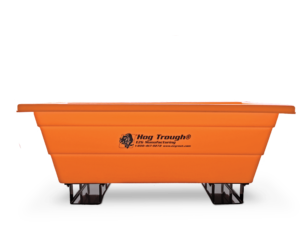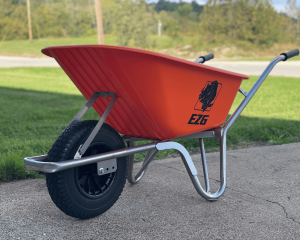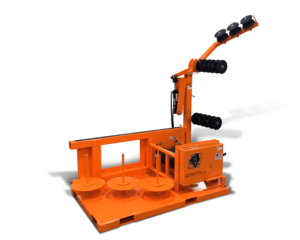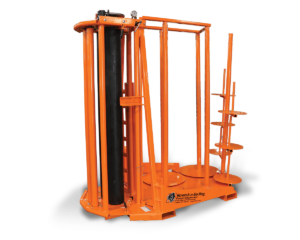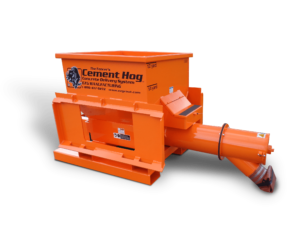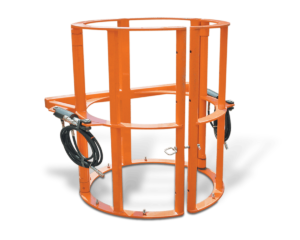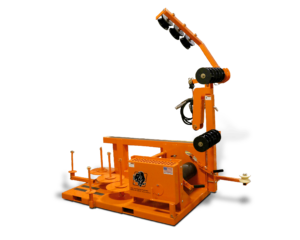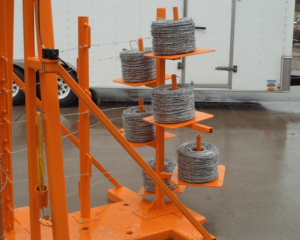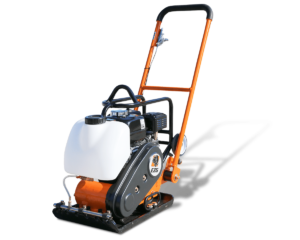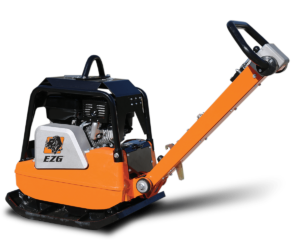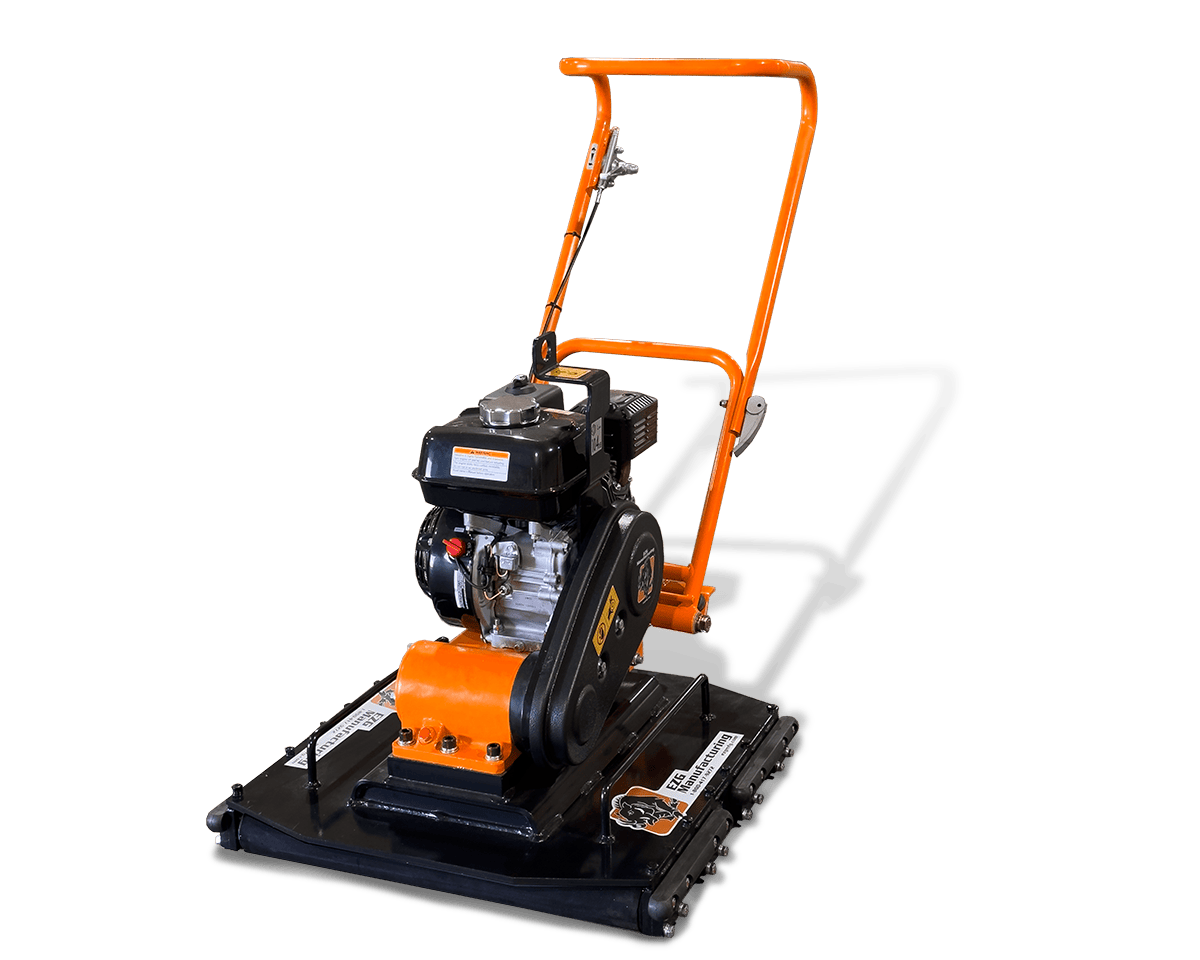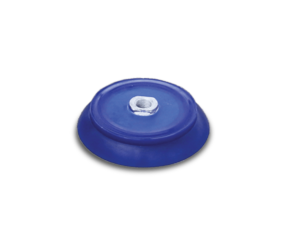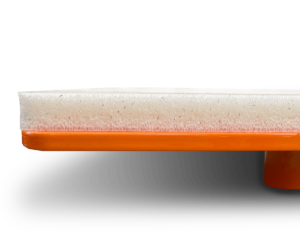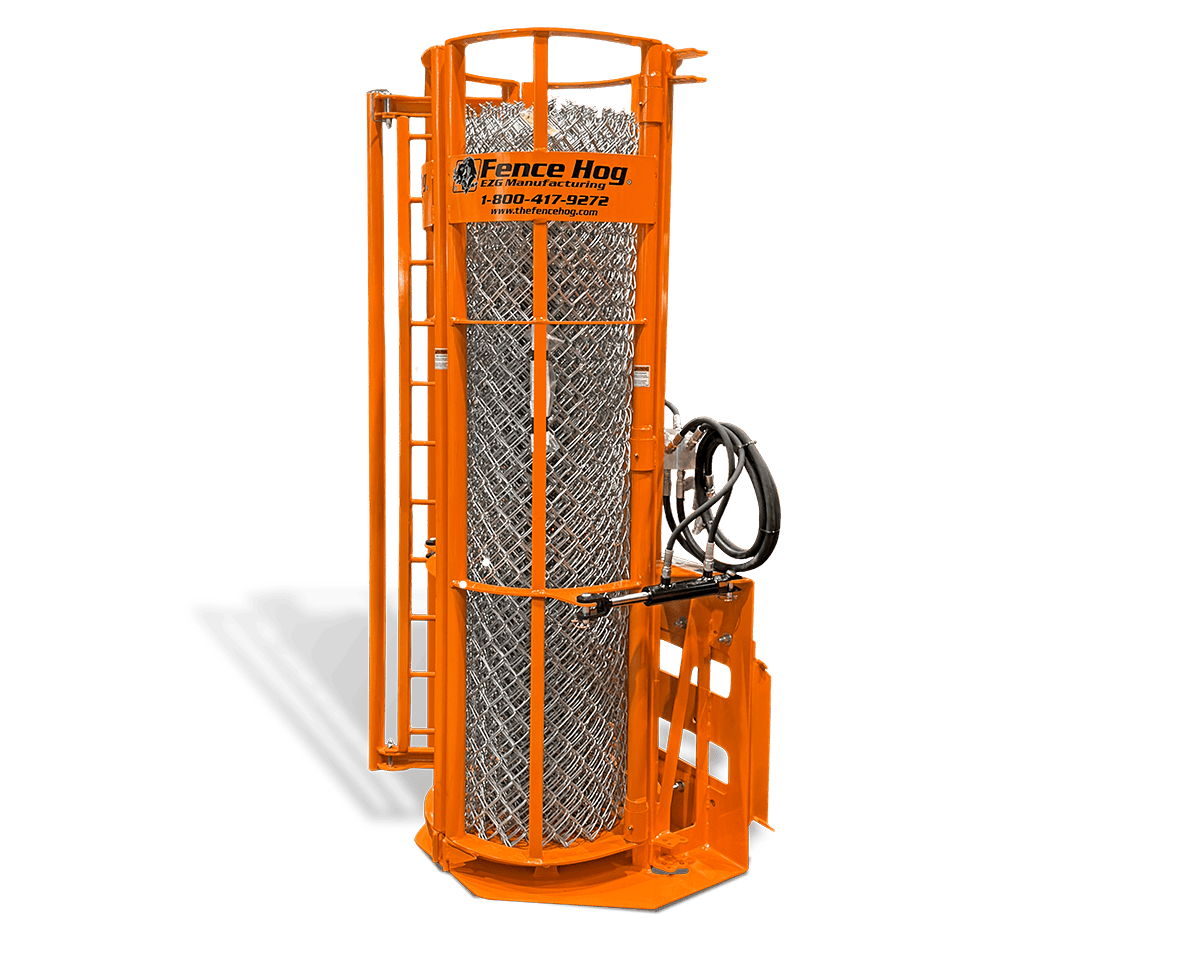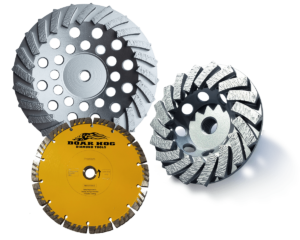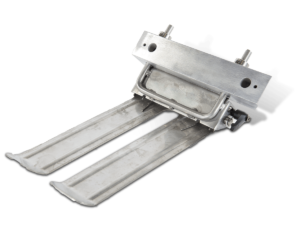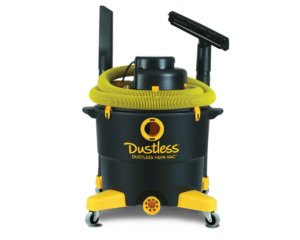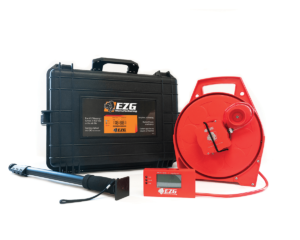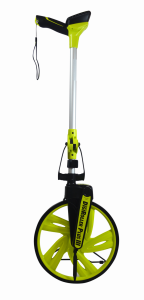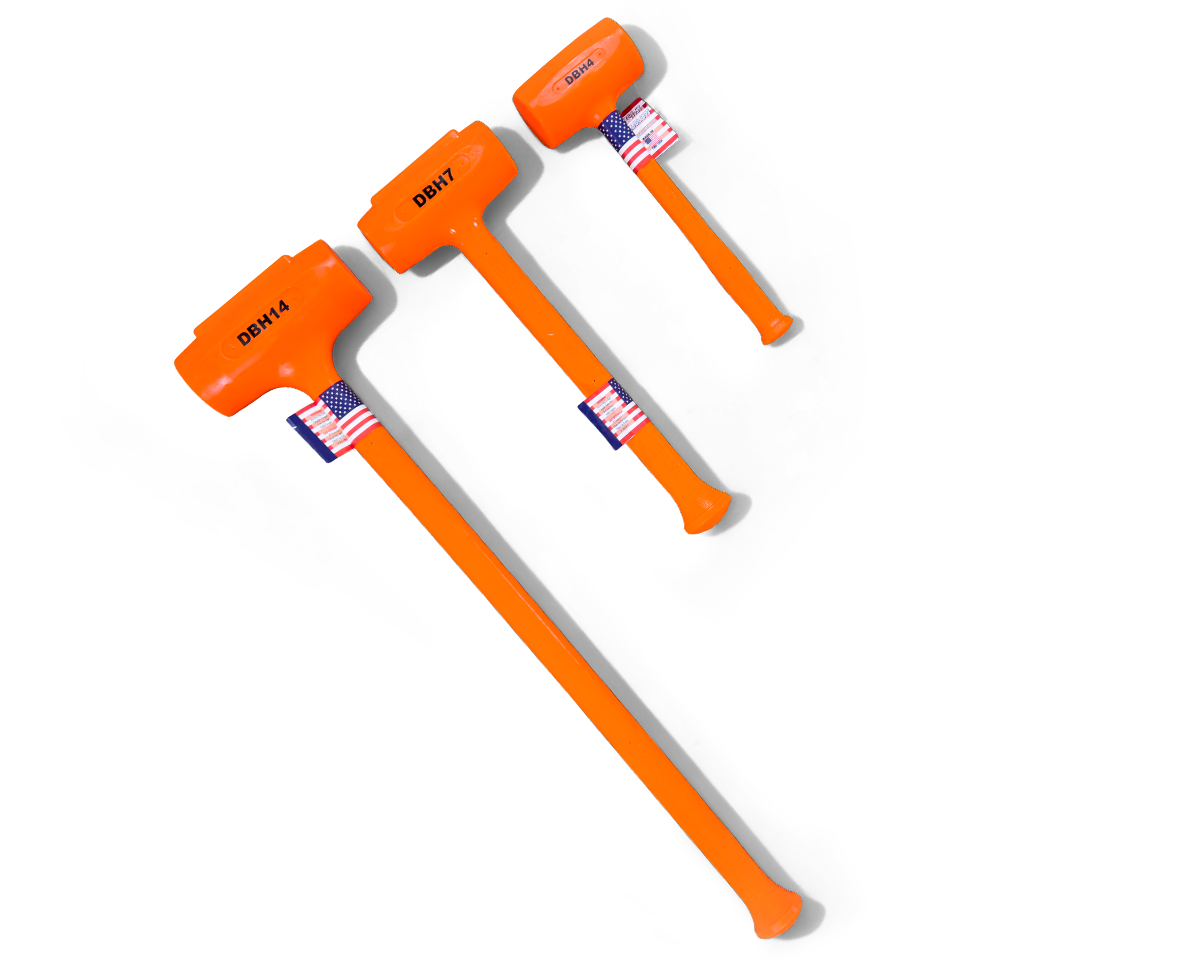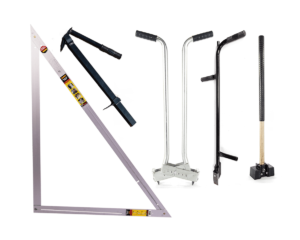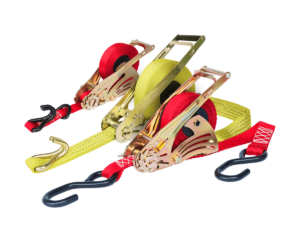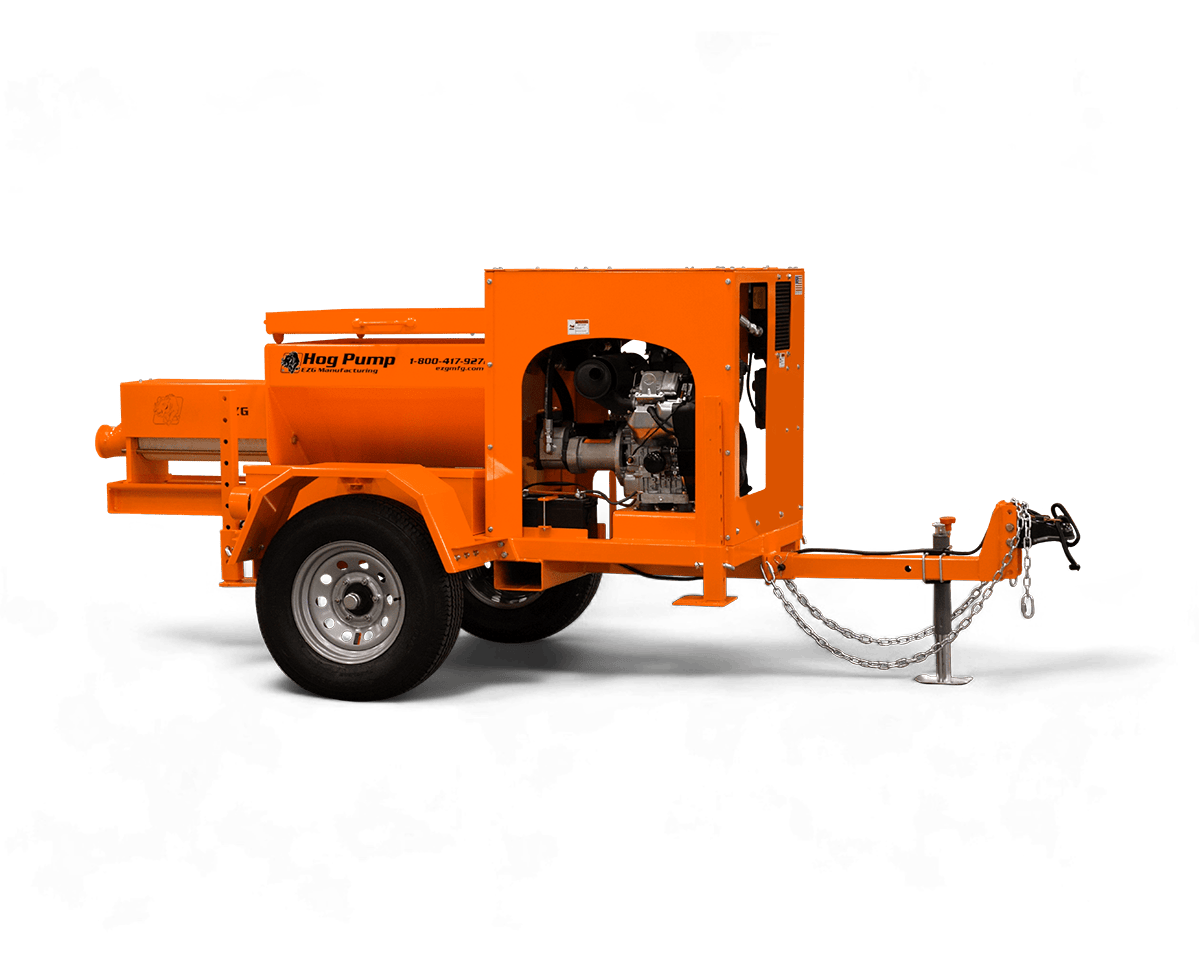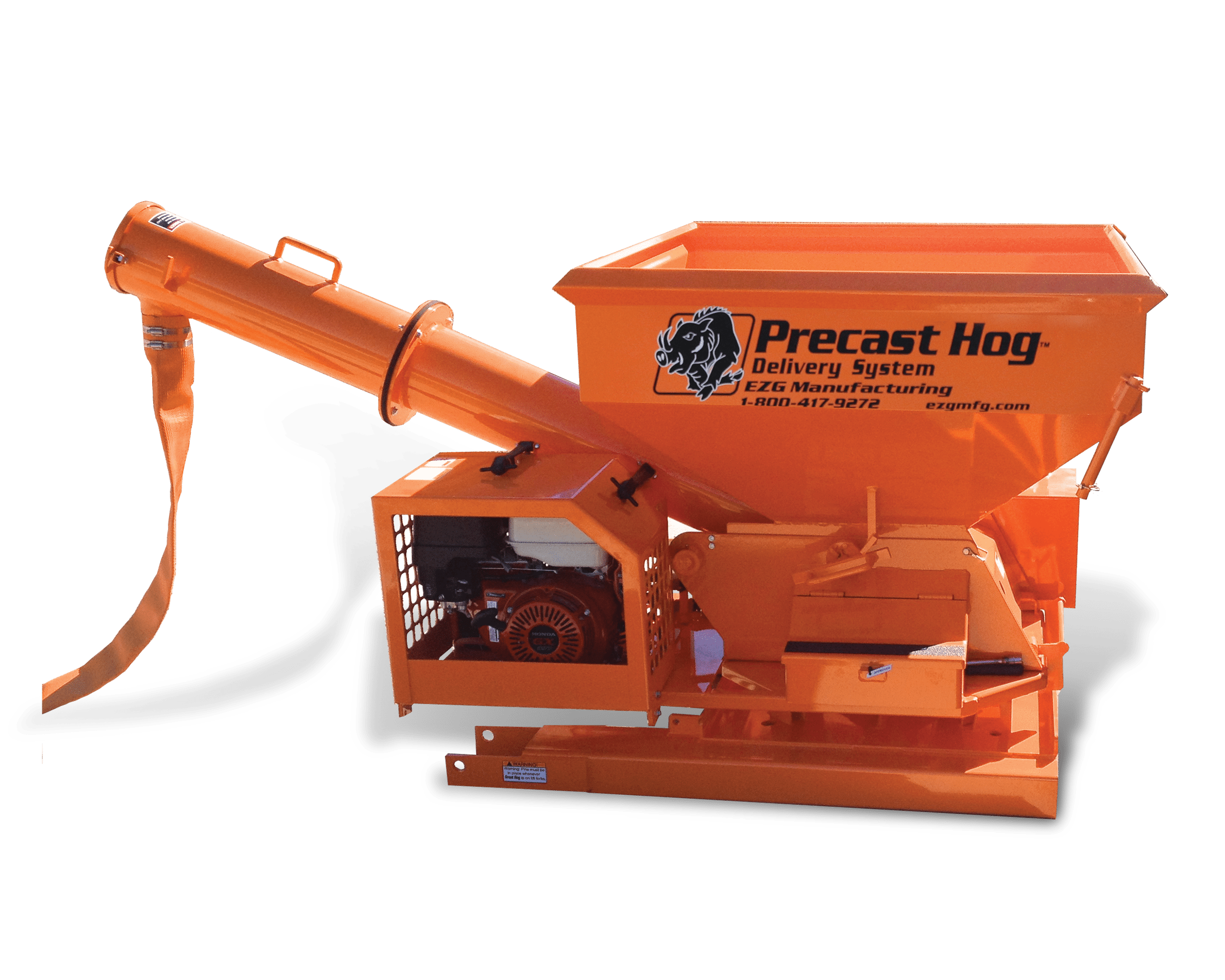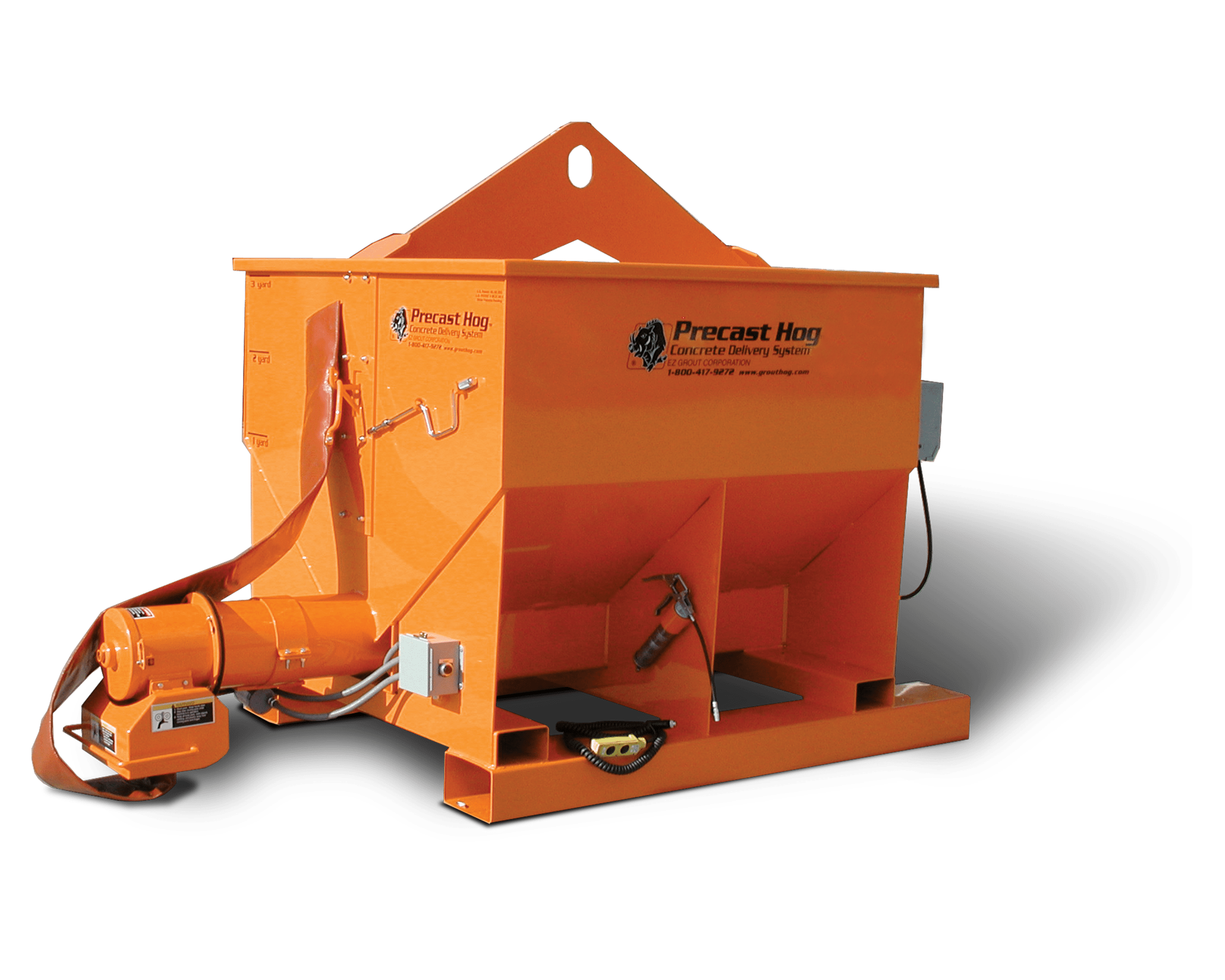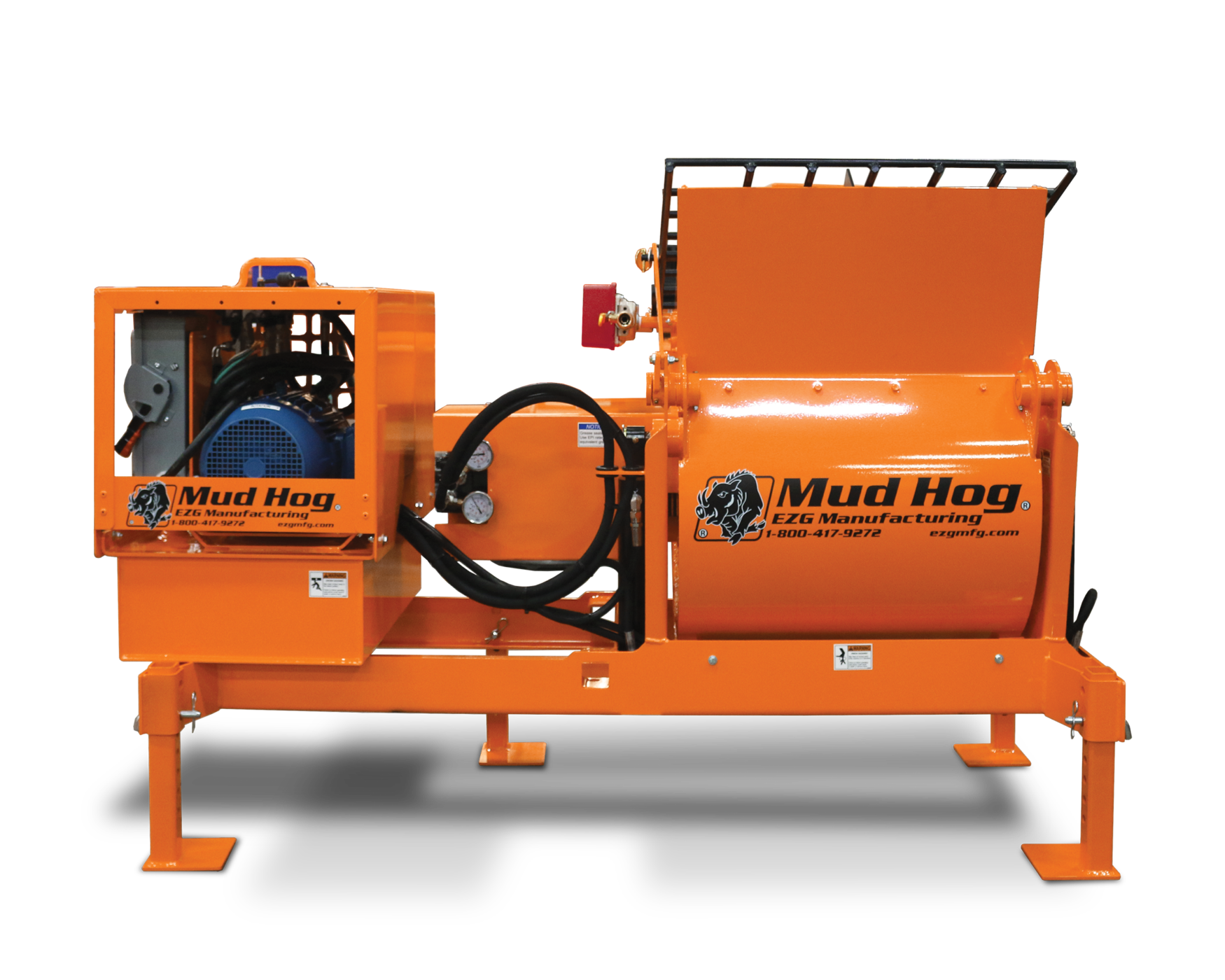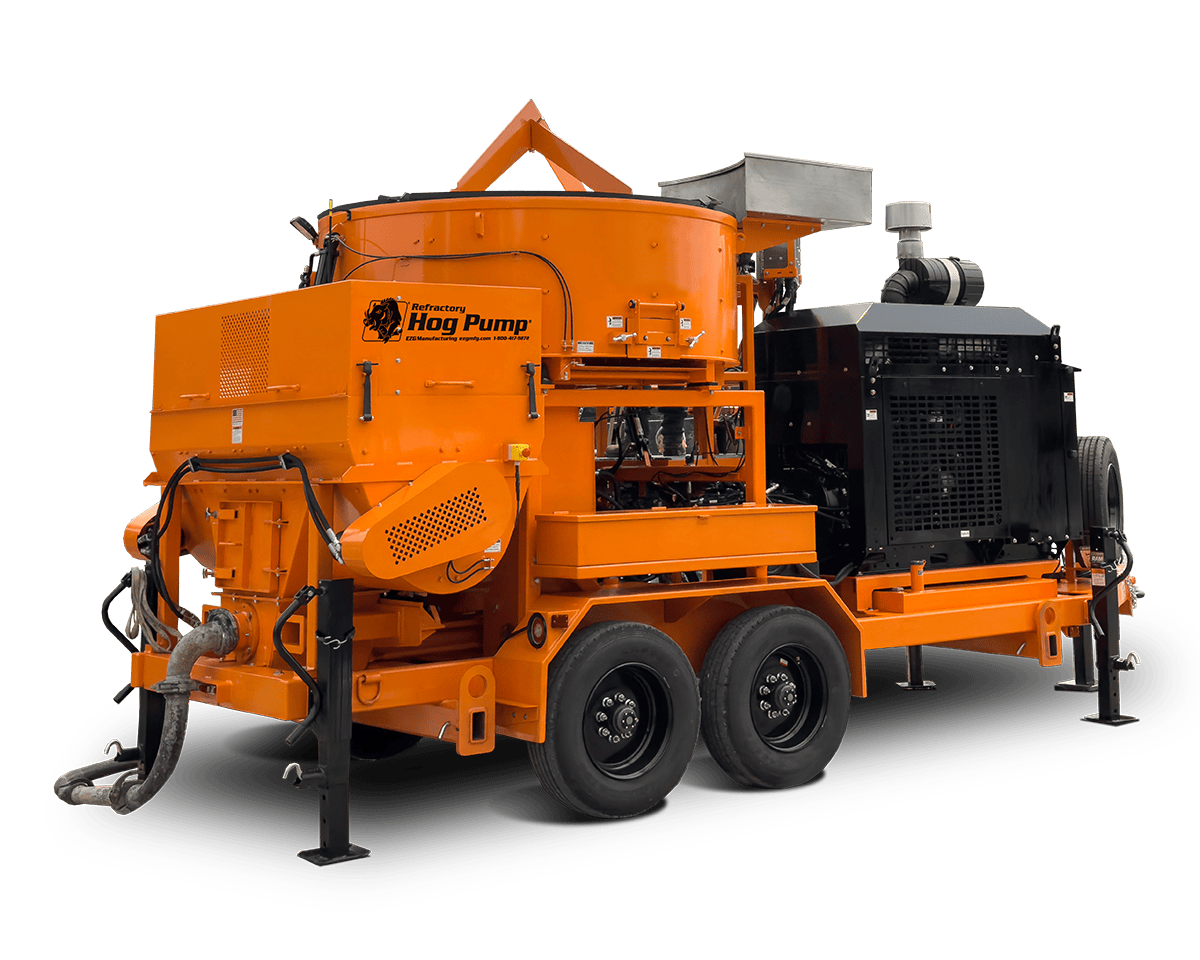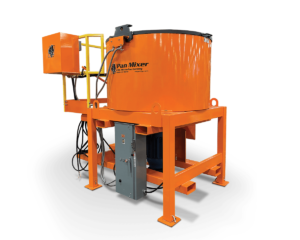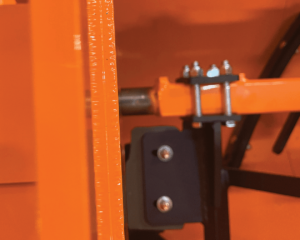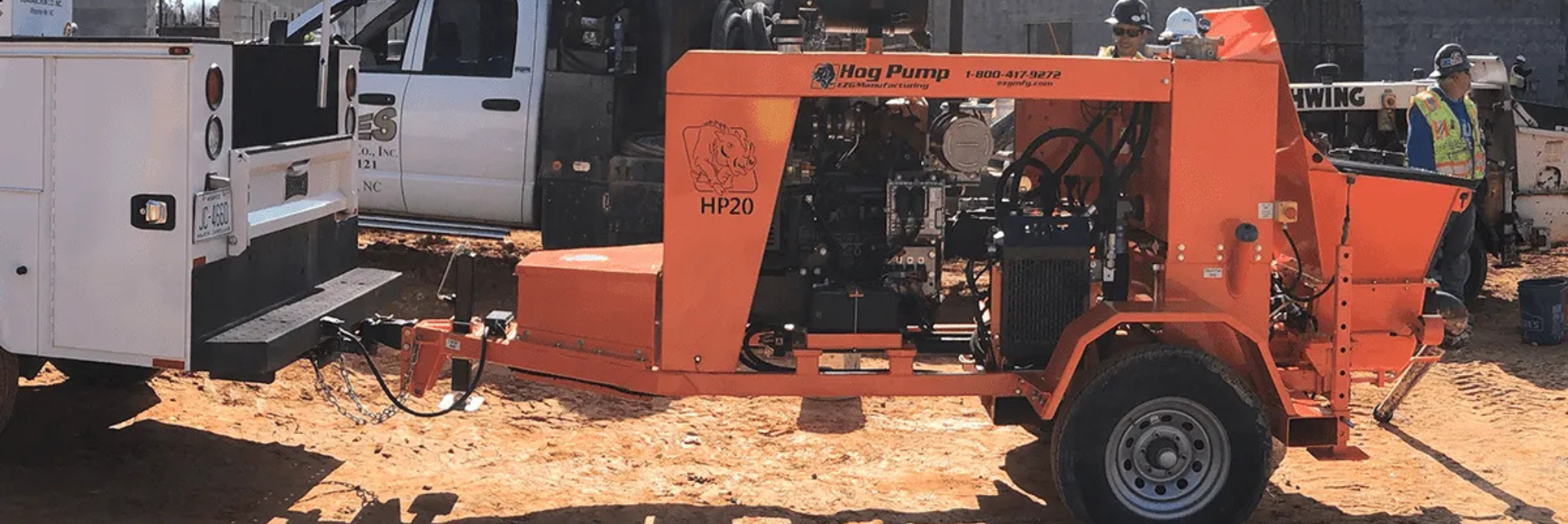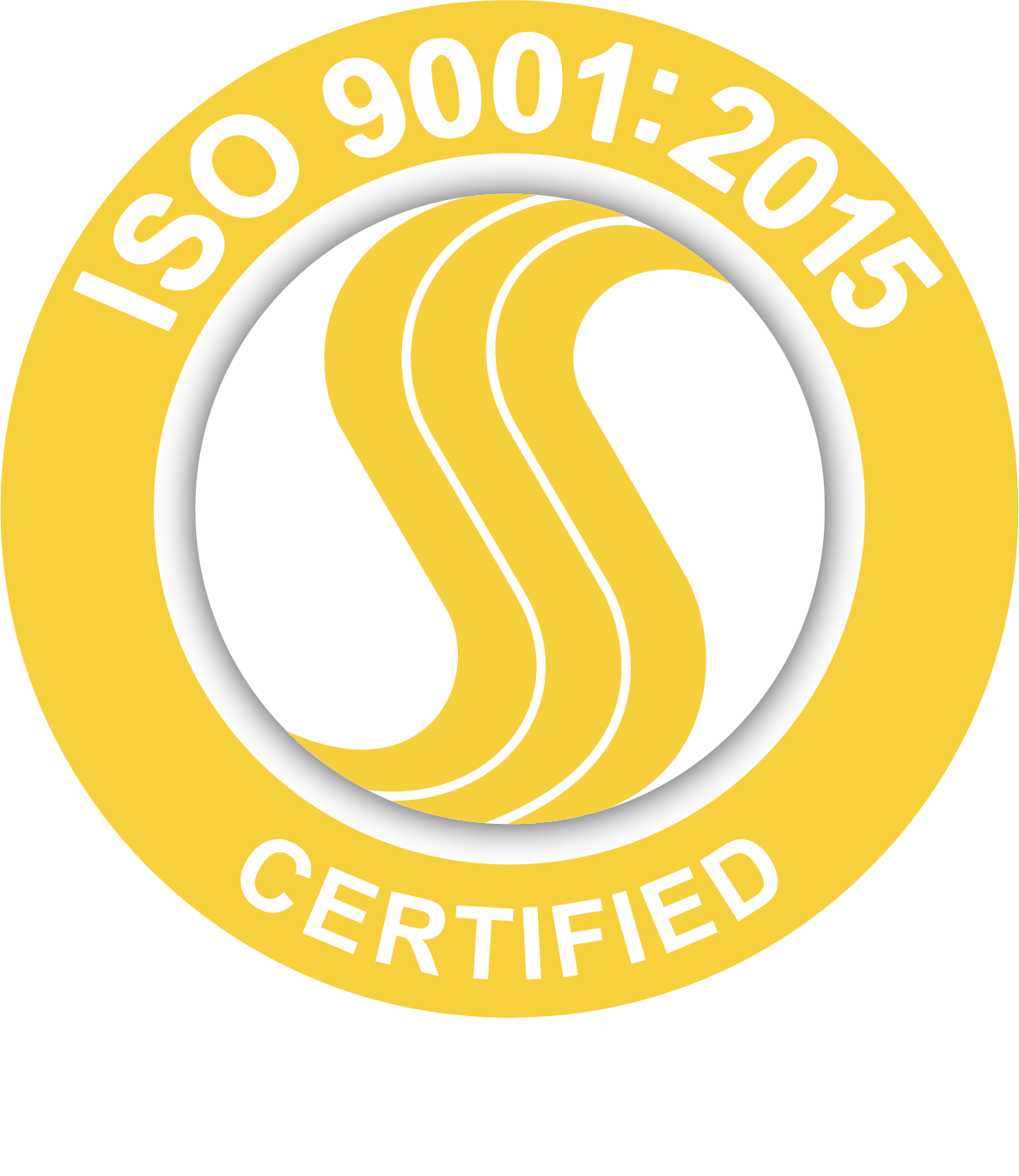When it comes to large-scale building efforts, the equipment you choose can make or break the outcome. On any construction site, machines and accessories directly influence timelines, budgets, worker well-being, and overall results. Using equipment that isn’t suited to the task can mean wasted labor, delays, potential hazards, and expensive corrective action.
At EZG Manufacturing, we manufacture equipment specifically for the masonry, fencing, hardscape, and precast/refractory markets. With decades of experience, we understand what construction companies need to keep a construction project running smoothly, from the design process through final site inspections.
The Role of Equipment in Large-Scale Builds
Every major build involves multiple crews, varying site conditions, and heavy workloads. The machinery and accessories selected must match these demands. When the scale of the build increases, so does the need for equipment that is built to handle repeated use under pressure.
Without this alignment, even the most carefully planned construction project risks delays, miscommunication, and inefficiency. The difference often comes down to something as simple as using a hand tool when a power tool is required, or vice versa.
Factors to Consider When Choosing Equipment
1. Project Scope and Planning
Every construction project begins with a design process. This is where project managers should map out equipment needs based on construction material, job site conditions, and the skills of each team member. For example:
- Masonry may require grout delivery systems or mixers.
- Fencing projects may benefit from mechanical placement equipment.
- Hardscape projects rely heavily on compaction machinery.
By linking the design process with equipment selection early, project managers can reduce surprises during site inspections later.
2. Productivity and Energy Efficiency
Time is money during construction activities, which is why efficiency should always be evaluated. A simple example is comparing manual mixing of mortar to a powered mixer: the difference in speed and uniformity is substantial. Investing in machinery that accelerates tasks without sacrificing quality can free crews to focus on other areas of the project.
Example Comparison: Hand Tools vs. Power Tools
| Task | Hand Tool Example | Power Tool Example | Productivity Impact |
|---|---|---|---|
| Mixing mortar | Bucket + shovel | Mobile Mud Hog mixer | Faster, uniform batches |
| Cutting blocks | Manual saw + blade | Powered saw with water feed | Cleaner cuts, less fatigue |
| Surface prep | Manual compactor | Vibratory compactor | Uniform compaction |
3. Safety and Risk Management
Potential hazards are unavoidable on a construction site, but proper planning and equipment can reduce risks. Using safety glasses, a hard hat, and other personal protective equipment is standard, but equipment design also plays a role.
Common risks include:
- Tripping over power cords or electrical cords.
- Contact with moving blades.
- Noise and vibration from power tools.
- Strains from lifting heavy construction material without mechanical support.
Project managers should schedule regular site inspections to monitor risks, confirm the correct use of equipment, and check that team members are wearing safety gear. Consider features such as stable platforms, accessible controls, and guards that shield operators from moving parts. These design elements keep crews safer and reduce downtime caused by accidents.
4. Longevity and Value
The construction industry runs on tight budgets, and equipment downtime can derail a construction project. That’s why durability is just as important as function. Durable tools reduce corrective action costs and extend the life of the investment. Project managers should look at:
- Manufacturer reputation.
- Serviceability (availability of parts, ease of repair).
- Impact on long-term productivity.
- Energy efficiency ratings and emission factors.
Types of Tools Used in Large Construction Projects
Masonry
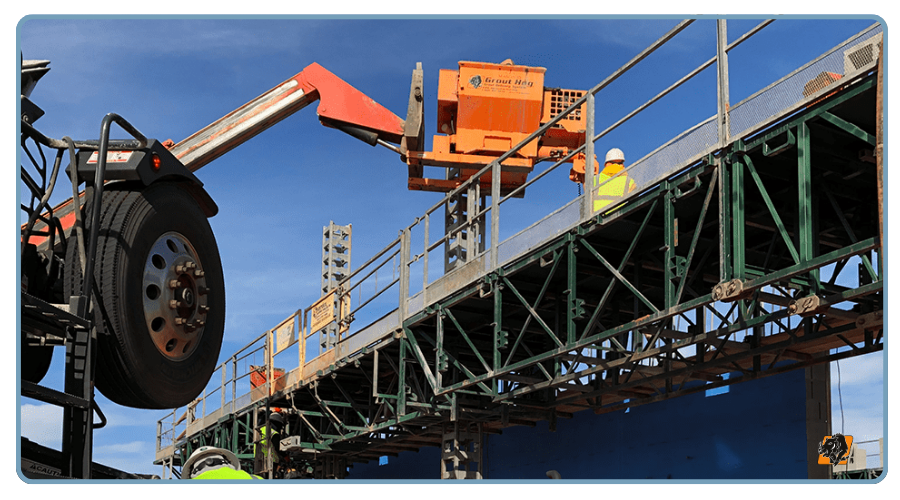
Masonry jobs often require large volumes of mortar and grout, as well as methods to place these materials quickly and cleanly. Hand tools like trowels may handle small work, but for large-scale construction activity, mixers, grout pumps, and delivery systems are more effective. EZG’s Mobile Mud Hog mixers and Grout Hog delivery systems are designed to reduce labor demands while improving output
[Explore Masonry Equipment from EZG]
Fencing
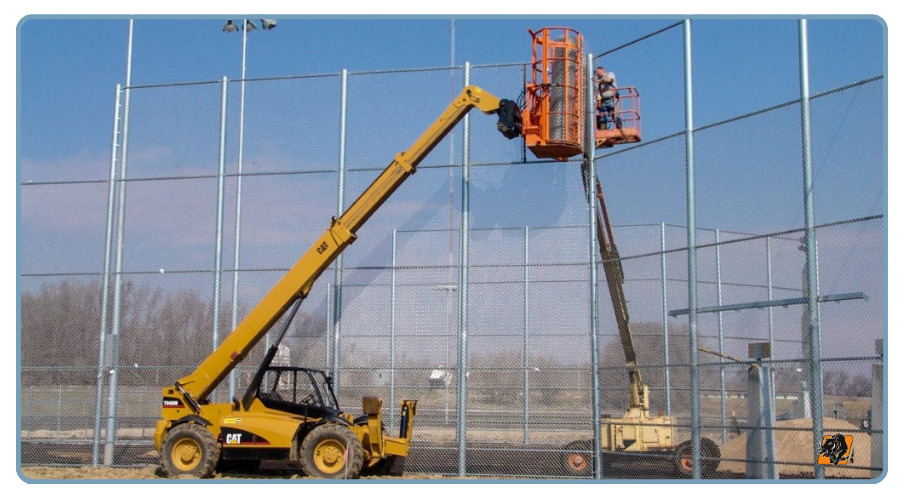
Installing fencing on a large property is labor-intensive without the right tools. EZG’s Fence Hog can lift and position long sections, while the Stretch-N-Go and Barbwire Hog help crews keep up with long runs. By mechanizing these processes, team members can finish faster and with fewer injuries from repetitive strain.
Hardscape
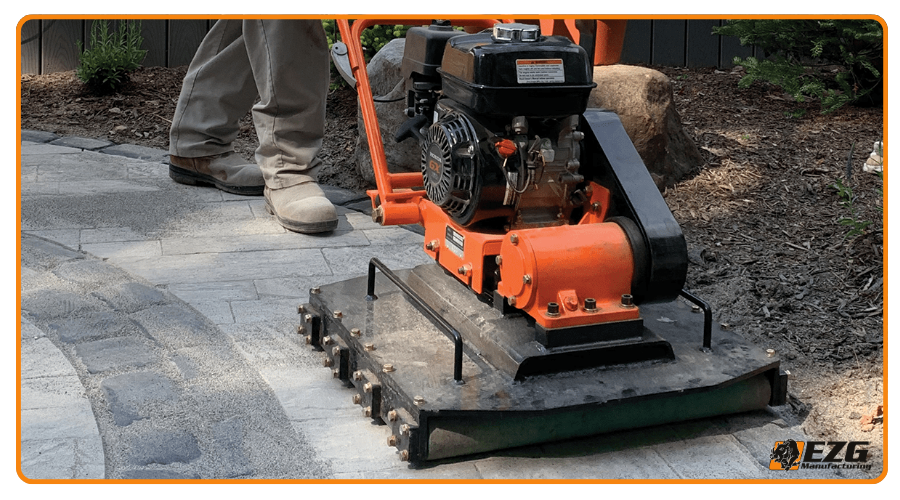
Hardscape projects require accurate compaction and material placement. Plate compactors and rollers provide uniform surfaces, while lifting attachments make moving heavy blocks or slabs easier. These tools reduce strain while increasing consistency across large areas.
Precast & Refractory
Precast and refractory applications demand heavy-duty mixers that can handle dense aggregates. EZG’s refractory mixers are designed to perform under demanding conditions, while precast delivery systems help maintain consistency and reduce waste.
[Browse Precast & Refractory Equipment]
Pumps and Delivery Systems
Material transport is one of the biggest hurdles on a large build. For example, transporting grout and mortar manually is slow and hazardous. Pump systems like EZG’s HP-20T4 and HP-38 series use durable components to move material effectively across the job site. With fewer trips by wheelbarrow or bucket, projects advance more quickly and crews face less physical strain.
How to Match Equipment to Project Needs
- List construction activity needs. List phases: masonry, fencing, hardscape, precast.
- Define the build size and scope. Consider how much material must be moved, mixed, or installed.
- Match equipment to material. Select based on types of material used, from block to concrete.
- Check for risk factors. Look at potential hazards from electrical cords, blades, or hoses.
- Plan around power requirements. Decide if you need fuel-driven machinery, power cords, or air lines.
- Train team members. Make sure everyone knows how to operate the equipment safely and efficiently.
- Schedule inspections. Regular site inspections help confirm compliance and reduce downtime.
Worker Protection and Compliance Considerations
In addition to performance, compliance with regulations and safety standards is non-negotiable. Crews need gear that supports protective measures. Standard precautions include:
- Wearing safety glasses, hard hats, gloves, and other personal protective equipment.
- Proper handling of blades, power cords, and electrical cords.
- Using pry bars, hammers, and other hand tools correctly.
- Storing sensitive information like contracts and plans securely.
Why Work with EZG Manufacturing
EZG Manufacturing has earned trust across the construction industry by providing durable, innovative equipment that supports jobsites every day. Our products are designed to improve productivity and help project managers deliver a successful project.
Working with EZG Manufacturing means partnering with a company that builds equipment for masonry, fencing, hardscape, and precast/refractory applications. Our focus is on durability, giving you confidence that our machines will hold up under demanding conditions. We also provide ongoing support through replacement parts, detailed manuals, and training resources, so crews always have what they need to keep projects moving forward.
Visit our product pages to see how our solutions can support your next large-scale build.
